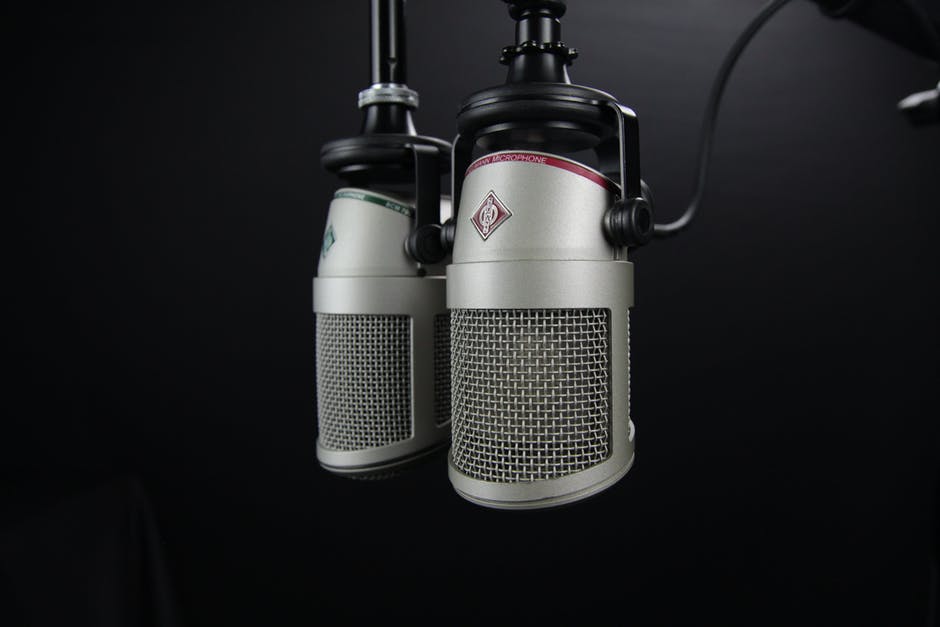You know the headache of being on hold with a company for several minutes. The annoying sound of elevator music plays in your ear at an insanely loud volume. Then, you’re stuck. You’re stuck listening to whatever automated script the company chooses to play on their on-hold messaging service. You roll your eyes and suck it up as you have no other option.
However, as a business owner, you have the option to use a script on your own on-hold messaging service that’ll keep your customers intrigued and make them forget they’re even on hold. Being on hold doesn’t have to be a painful experience. It can be fun when done the right way.
Don’t subject your customers to boring elevator music. Continue reading below for the top funniest on-hold messages that prove you can have fun with it!
Importance of Humor in an On-Hold Messaging Service Script
You know the pains involved with being kept on hold. As a business owner, you don’t want to put your own customers through this same pain. Instead, you want to create an on-hold message that’s humorous, fun, entertaining, informational, or just silly.
The best on-hold wait time is one that goes unnoticed because the customer is having so much fun with the message that’s playing. The type of message that you decide to play on your own messaging service is up to you, but here are a few examples to get the inspiration flowing.
1. Lakeland Auto and Marine
“Thanks for choosing Lakeland Auto and Marine. You’ll find us in Port Clinton, Ohio about 4,000 miles west of France and left or right of Lake Erie depending on which way you’re coming from. We’re also directly in line with the sun, so if you’re gonna stop by you might want to bring a hat.”
This on-hold message from Lakeland Auto and Marine is all about being silly. Their location is in their name, so it’s easy for them to have a bit of fun with where they’re located.
While customers are on hold, they’ll be laughing about the silly directions given to them and might even appreciate the suggestion to bring a hat as the sun can get quite brutal as it shines down on an auto lot.
2. Town and Country Hotel
“Thanks for choosing Town and Country the San Diego hotel with free sheets and revolutionary in-room toilets. Friendly dogs are always welcomed at Town and Country. We’ve even set aside a special area for them where they can do doggy things like running, city planning, and solving advanced puzzles that require critical thinking. Book your pet-friendly room when we return.”
This hotel had a lot of fun creating their on-hold message. It’s clear from the message that they’re a dog-friendly hotel and have special areas for dogs to run around in. Yet, instead of saying that, they decided to have some fun with it instead.
You also have to love that hint of sarcasm when explaining that they have free sheets and in-room toilets!
3. Binkelman
“Lots of people fantasize about making love to Continentals Maximizer Prodrive selection analysis software, and we understand why. It helps design a fish and power transmission belt drives for your drive system. You just answer your drive specifications, and Maximizer Pro shows you belt options that will deliver the maximum energy savings for your application. That’s pretty hot, I know, but while Maximizer Pro is all out freaky sexy, it’s also cold and emotionally unavailable, so please don’t fall in love.”
Here’s a company that’s product is software. An otherwise boring topic of discussion, software in this on-hold message is seen in a whole other light. This company uses its message to convince its customers that the software product is desirable.
The message also tells a little bit about the software as well, which works out well for an informational message. The message ends with a silly statement that almost makes the customer feel attached to the product!
4. Walter’s Goodyear
“”Are you afraid of robots? Well, who isn’t? They’re creepy and their internal oils could leak on your couch and your pants, but it’s time to get over our fears so Walter’s Goodyear has hired a robot to answer our phones. Say hello to Vince. “Nice to meet you.” Vince why don’t you tell our friend about our 1795 oil change. “It is an oil change that cost 17 dollars and 95 cents.””
This company uses a fun message with a human voice speaking with a robot that the company hired to tell customers all about their services. The human voice on the recording is funny and uplifting and the robot’s voice sounds more artificial. The robot goes into details about the services offered and this makes it informational, but fun!
5. Rumpf
“Is stress getting the better of you? Then take trombone lessons and eat more horse meat. Romantic trombone music has been clinically proven to reduce the effects of the hormone cortisol and, of course, the unique molecular structure of horse meat stimulates the deeply suppressed urge in humans to gallop, and it’s hard to be stressed when you’re galloping. Take it from us, we’re galloping to the phone right now to take your call and we couldn’t be more relaxed.”
This company decided to address the topic of stress to its customers on hold. How ironic is that? Yet, this makes the message quite interesting.
The message also ends with a funny statement that they’re galloping over to the phones right now to answer the customer’s call! Customers can have a good laugh while waiting for someone to gallop on over.
What’s Your On-Hold Messaging Service Script?
Do you have an on-hold messaging service script? What does yours sound like? Is it fun and uplifting, or is it boring elevator music?
Bring your customers some light-hearted fun while on hold with your business. Click here to receive a quote on on-hold messages and phone greetings!




